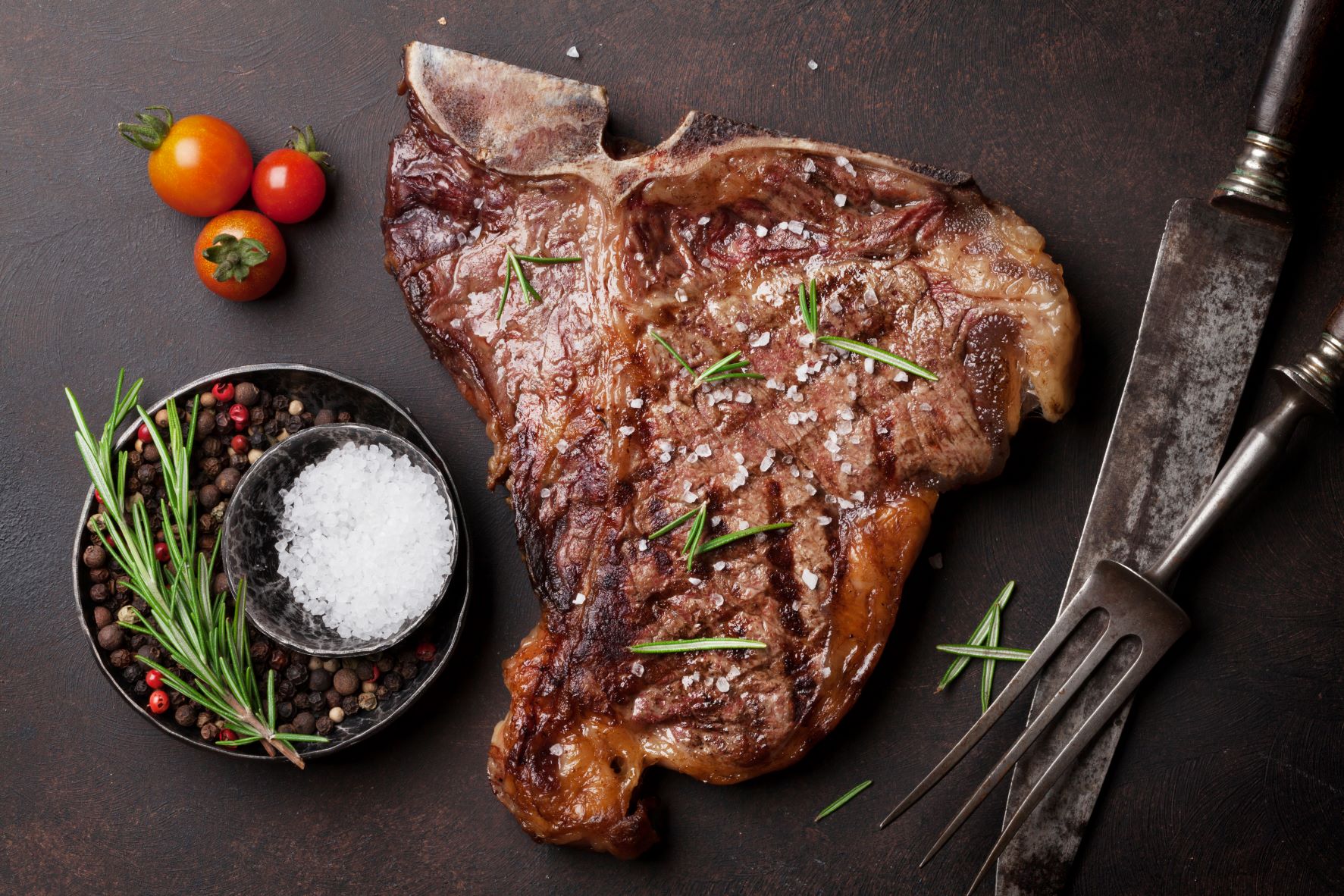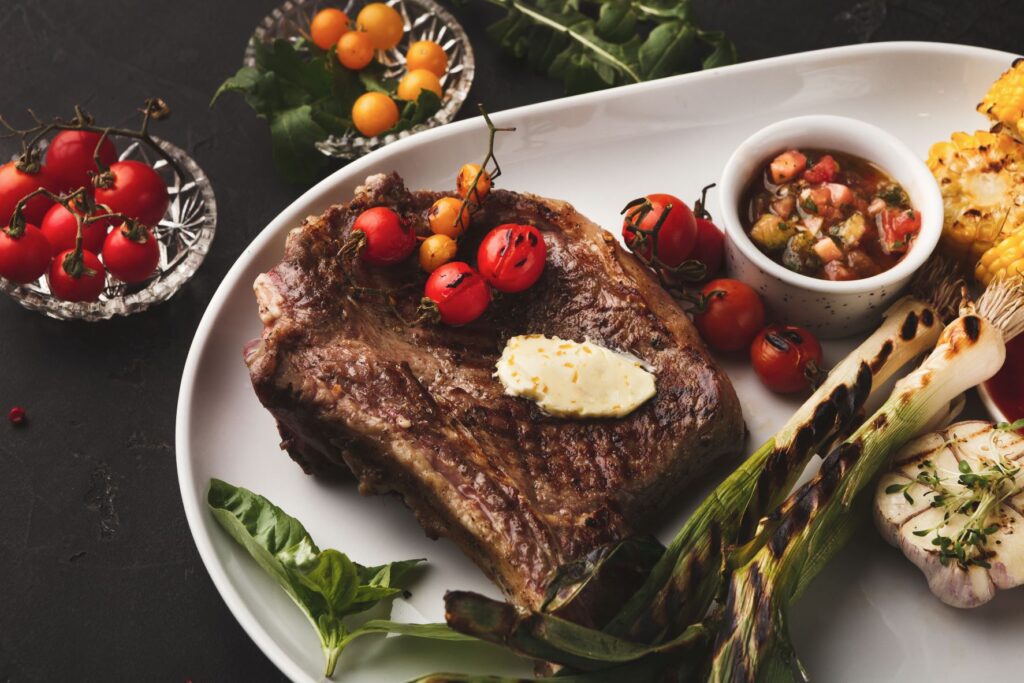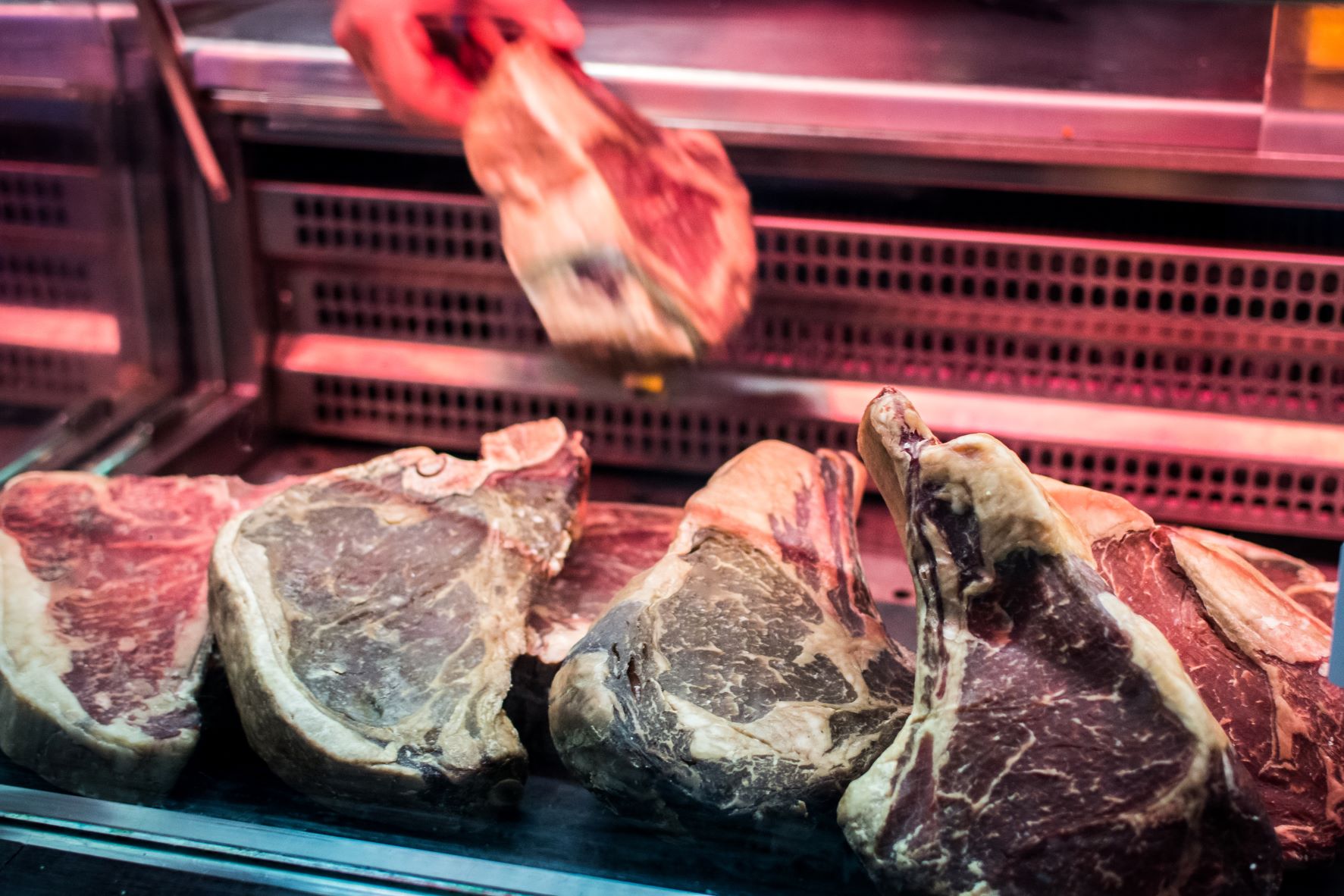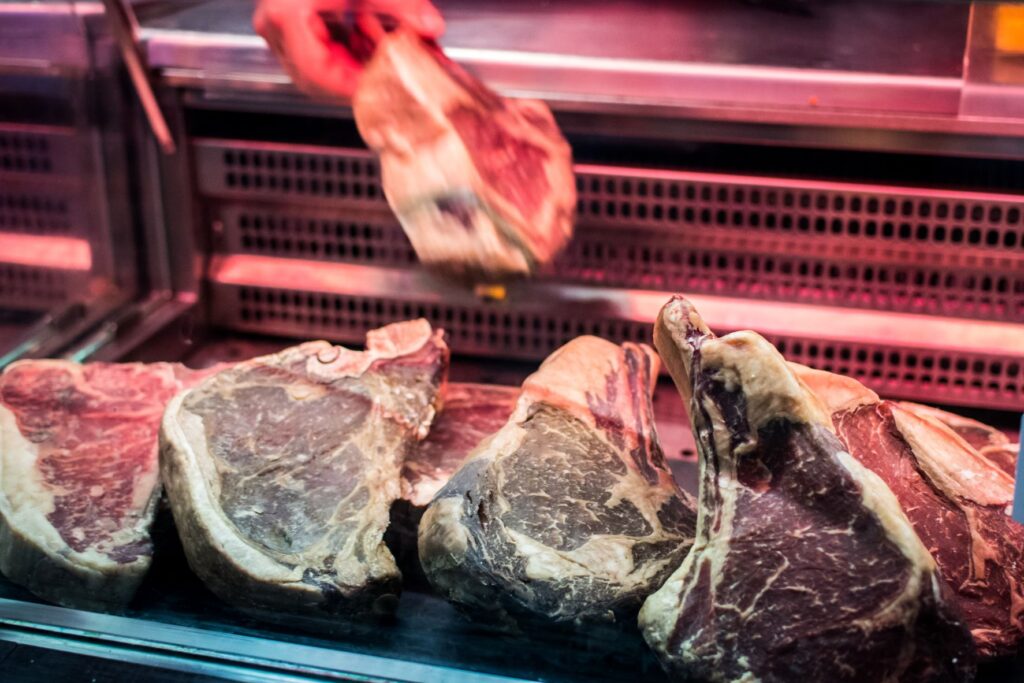Why Do Steakhouse Steaks Taste Better?
Steakhouses get a better cut of meat than average restaurants. Some even go so far as to study different grazing farms and aged steaks. Smaller, family-owned steakhouse suppliers may only sell high-quality meat. Steakhouses do not store their meat in the refrigerator. This keeps the meat from becoming tougher and prevents freezer burn. Here’s what you need to know about steakhouse meat.
Bone-in steaks taste better
A bone-in steak is better for two reasons. It retains its shape, juiciness, and flavor longer than a steak without bones. Second, bone-in steaks tend to have a more even sear. The meat near the bone tends more tender and juicy. This is because the bone’s marrow does not allow flavor to escape.
Dry aging beef enhances the flavor
There is no set time limit on how long a piece beef should be aged before it can be served at a steakhouse. The beef will have a stronger flavor the longer it is aged. The process can be achieved in two weeks, or more, depending on the desired level of tenderness. The meat is stored in cryovac bags for an additional period of time. If you have the time and patience to wait, you may be able to age the steak for up to 28 more days.
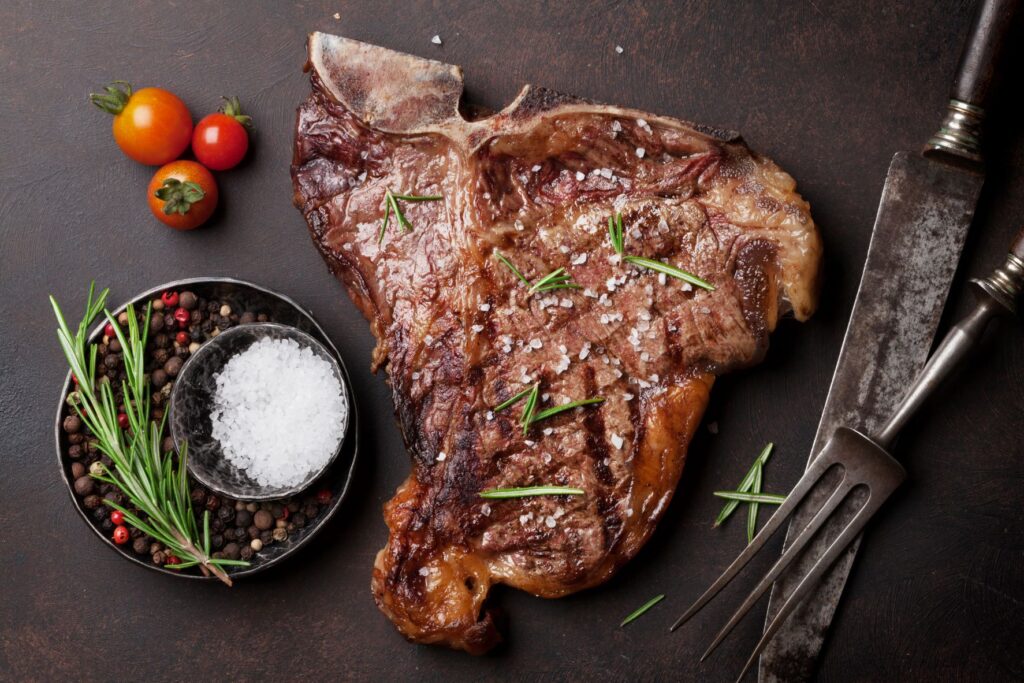
Prime steakhouses cook their meat from the top
In addition to serving prime grade beef, Prime steakhouses also age their cuts for a few days, improving the tenderness and flavor. This process comes with risks. Aged steaks are more expensive than top-quality steaks at a local meat market due to the possibility of food poisoning and spoilage. This risk can be avoided by purchasing aged cuts from a local market.
Brining adds moisture
There are many reasons that brining steaks tastes better. Salt, for instance, denatures proteins, and relaxes fibres. The coarse salt coating seals in flavor and draws moisture from the meat. While a steak cooks at room temperature, the brine is forced back into the meat by diffusion. This makes for a juicy and tender cut of meat. A steak can taste up to 45% better when brining.
Flare-ups caused by fire from below
You should be aware that flare-ups can result from the cooking method used at most restaurants. Flames from below will burn your meat and deposit soot on it. A similar result is not possible with a conservative exposure to fire. In fact, you can encourage smaller flare-ups to improve the flavor of your steaks. You can reduce flare-ups by trimming excess fat from the steak, draining all fat-laden liquid from the meat, and rotating the steaks around the grill so that they can cook away from the flames.
Flare-ups can be avoided by grilling from the top
If you’re a professional chef, you will have noticed that many steakhouses grill steaks from above. This is an excellent method for preventing flare-ups and enhancing flavor. Thin steaks should be kept above the flames, while thicker steaks should be kept under the heat. Flare-ups happen when fat drips onto hot charcoals. This causes the steak’s to burn and develop unhealthy compounds.
Steakhouse steaks priced
Steakhouse steaks are often criticized for their superior taste. This is one of the most contentious and controversial topics in restaurant pricing. Many consumers make their buying decisions based on price. They are more concerned with getting value for their money and believe that $50 steaks are of better quality. Here are some methods to help you make this distinction. Hopefully, by the time you’ve finished reading this article, you will have a better understanding of the differences between price and taste.
